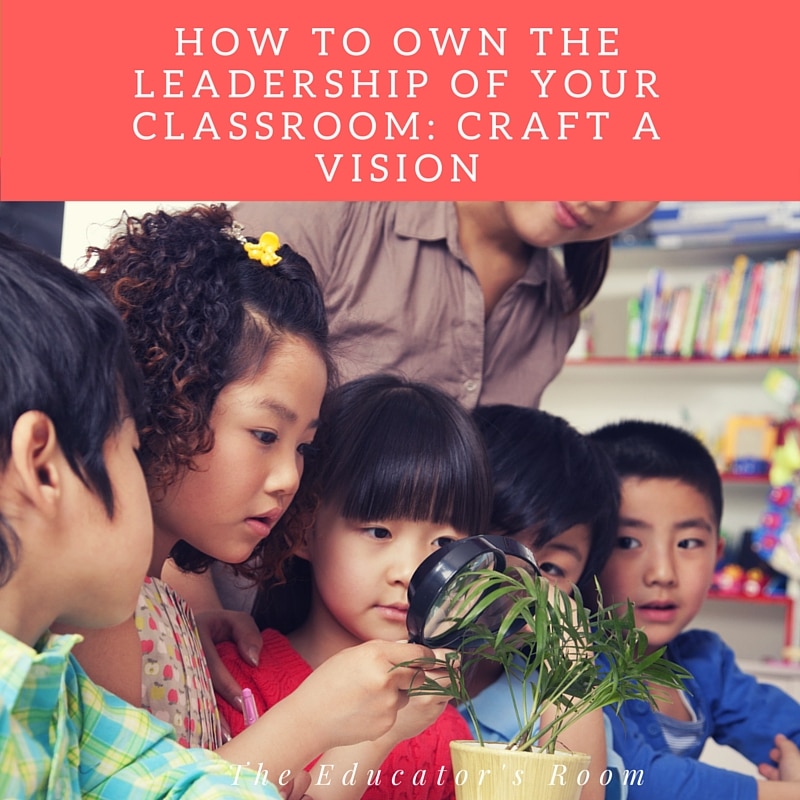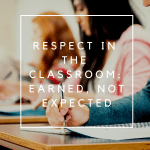It’s no secret that teacher burnout is a problem. A commonly cited statistic is that as many as half of teachers leave the profession within their first five years.
As retention of teachers gains attention in policy circles, teacher leadership has emerged as one possible solution. Generally teacher leadership means an opportunity to extend a teacher’s impact beyond their own classroom — by sitting on school committees, participating in or leading professional development, attending conferences — without requiring that teacher to leave classroom teaching altogether. But for many teachers, just feeling like true leaders of their own classrooms would be profoundly impactful in its own way.
It’s estimated that teachers are responsible from 1,500 to 3,000 nontrivial decisions every day. And yet, many of us don’t feel in control of our classrooms. Depending on the school we may have some of the most important decisions on curriculum, classroom management and assessment made for us. But that doesn’t have to mean we can’t see our selves as leaders of our own classrooms.
As a teacher who left the classroom for two years (I spent one year in a masters program and another managing an extended-learning time program), teacher leadership has taken on a specific meaning for me as it’s basically the reason I am teaching today. I left teaching, frustrated after just four years, thinking a masters degree in Education Policy and Management would give me the tools to have a “real impact.”
I realized in the first month of my masters program that there is little impact as real as the work done in the classroom. I also realized that there is real and meaningful leadership that can happen in the classroom — with or without the support and blessing of your administration.
Whether or not you aim to impact things at the school level and/or beyond, teacher leadership begins with owning your classroom.
For me, genuine leadership of my classroom started with defining a vision for your classroom. Most schools have vision and mission statements and use them to varying degrees to drive their work. Whether you are inspired by your school’s vision (and hopefully you are) or not, teachers can and should take time to define the vision for their own classrooms.
Of course as teachers we already are operating with a vision of what education can and should do. Unfortunately, we’re rarely asked what that vision is, and we’re not really given the time to articulate and refine that vision. Before you go back to school this year, set aside some time to do so.
Why should you take the time to craft your own vision? Because essentially you’re answering the question: Why do you teach? Most of us are ready to answer this question in the context of a backyard barbecue or cocktail party, but when you can answer for yourself after thoughtful reflection, the answer you find can change your work.
Defining your vision is also important, because being a leader means being strategic. A clear vision enables you to be strategic, because it clarifies priorities, which helps you to pick your battles. We only have so much time in our day. Maybe you’re trying to decide whether your read aloud should tie into your social studies unit or a current event or a struggling reader’s passion for baseball. Maybe you’re at home after a long day and trying to decide whether to grade spelling quizzes or make family phone calls. In these situations you can refer back to your vision and ask what will best push your work in that direction.
Articulating a vision can also generally buttress you against the day-to-day exhaustion and challenges that come with teaching. After four years of teaching I was quickly disillusioned. But the year I took away from teaching gave me the time and space to reflect on what education meant to me and why it mattered. The clarity I found reignited my passion for teaching. I have found that fire has been more resilient when I’ve run into roadblocks including inadequate funding, lack of training and a principal who quit in the middle of the school year.
How do you create a vision for your classroom? It’s not so different than the backwards planning you would use for planning curriculum. Start by asking: What do you want kids to be able to know and do when leaving your classroom at the end of the year? For most of us this extends far beyond academic content and skills. What kind of young people do you want your students to be at year’s end?
As much as possible, it’s helpful to distill these ideas into one or two sentences. It’s not easy, but here’s my attempt (if for no other reason than to show you it doesn’t need to be perfect):
I want my classroom to teach students about the way power operates in our world (i.e. racism, patriarchy…) and give them mastery of the academic and social tools they need to change our world for the better.
Of course like any leader, you can’t do this work alone. So it’s essential to involve the other stakeholders before you finalize your vision. Talk with students and families about their vision for education. There will likely be a lot of overlap between your ideas, but you may be surprised by what you take away from these conversations.
For example, I have always valued field trips and project-based learning. Many families I’ve spoken with emphasize the fundamentals: They want their kids able to read, write and compute proficiently. Obviously these aren’t oppositional values, but I do think I could lose sight of one in pursuit of the other if I wasn’t careful.
Besides the fact that “two heads are better than one,” involving my students and their families in crafting a vision is important because I can’t do my work without them. We need our students and their families invested in the vision we have for our classroom. You can’t do this if they have no voice in the process.
It seems that teachers are increasingly feeling our agency and autonomy under attack. These infringements don’t have to be overt as consultants coaching us from the back of the classroom to be insulting and exhausting. But whether or not you work in a school or district that empowers you, we can’t forget how much power we still have. Every day we lead the learning of 25–150 young people. If we want to truly assume the mantle of leadership in our classrooms, we should start by defining a clear vision for our students and our selves.








Leave a comment